Who speaks for Cork's trees?
With cranes on the skyline and development plans afoot, the city's trees need respect and protection
Cork’s own Dark Hedges?
When a Cork city councillor recently proposed a commemorative treelined walkway to remember Corkonians lost during the Covid-19 crisis, she said she hoped for something as spectacular as Antrim’s famed Dark Hedges, which featured in HBO blockbuster series ‘Game Of Thrones’.
It’s a lovely idea, but a cynical thought crept into my mind. “The Dark Hedges are 300 years old, lady,” I muttered to myself. “Good luck getting Cork City Council to leave any tree standing for even a tenth of that time.”
Cork City Council has traditionally seemed to regard trees in the same way that they (hopefully) regard their underwear: as something that needs to be changed frequently.
Trees are not inanimate, replaceable ornaments, the spindly token lifeforms of architects’ drawings. They are life-support systems, the lungs of the city. The bigger and older they are, the better they are at some of their jobs…..but apparently, not all.
The lungs of the city
Dr Eoin Lettice is a plant scientist and senior lecturer at UCC’s BEES (School of Biological, Earth and Environmental Scientists) and an expert on urban trees. He is also a charming example of nominative determinism, whereby his name is a neat fit for his job.
The ideal is for a city to have a mix of young and mature trees Dr Lettice told me.
“Young trees sequester more carbon, pound-for-pound, than mature trees,” Dr Lettice says. “A rapidly growing younger tree soaks up more carbon per square inch. But when you’re talking about biodiversity, an older tree will have lots more epiphytes (other plants that grow on trees), lots more homes for insects and birds and so on.”
Cork is on the cusp of a radical phase of development in line with Ireland 2040 plans and, Dr Lettice hopes, this is an opportunity to re-evaluate some out-dated attitudes towards urban trees.
“There’s no doubt that up until very recently, Cork has done poorly when compared to our neighbours in the UK and Europe,” he says. “I think there are very positive signs of change though, and that recent approval for the appointment of a Trees Officer is a big step. We’re doing slightly better, but we’ve a long way to go.”
While to many, progress may be symbolised by shiny, sleek modernity amidst Cork’s ascending skyline, neglecting to integrate the natural world would come with negative impacts for human health and wellbeing.
Trees play an “absolutely essential role within a modern city,” Dr Lettice says.
“Those people living and working in nice, shiny, modern buildings need places to walk, to have lunch, to relax. You can’t have a sterile city. This is an opportunity to develop parts of our city with nature in mind, and nature has to happen throughout the streets and where people are living.”
As living organisms, trees will grow and change over time: they may cause pavements to crack, block light to apartments, shed leaves, create problems for accessing power lines.
But they still need to be central to good city planning, Dr Lettice says: “There are responsibilities and costs to having trees in cities, but you can plant the right tree that won’t cause cracking in the pavement, and you plant them in the right way.”
“For all of the perceived negative things, we have to realise the benefits trees bring. People really have to advocate for trees. We need to say, hold on, for the one negative you’re bringing up, here are ten positives.”
Plants and panic
In the aftermath of Storm Ophelia in 2017, when Cork City lost 500 trees, there was in some quarters a perception of trees as nothing more than an unnecessary hazard.
In a post-storm council debriefing, reported in the Echo, Councillor and current Lord Mayor Joe Kavanagh, clearly a proponent of the underwear theory of urban trees, said large numbers of trees in the city were "grossly overgrown and out of control.”
Cllr Tim Brosnan opined that “If people were out and about - like we saw elsewhere - there would surely have been deaths from these trees.”
In other counties, three people did die in tragic tree-related incidents during the storm: two when their cars were struck by falling trees and one who died in a chainsaw accident while attempting to clear a fallen tree from a road.
But trees also have life-giving benefits. 1,300 people died of air-pollution related causes in 2019, according to a report by the EPA, and trees act as air filters. This simple mechanistic view by no means counts the full benefits of trees: positive impacts on the immune system, mental health, blood pressure, and even on recovery times for hospital patients with a view of trees from their window, are well-documented if poorly understood.
And many dangers are actually derived from mismanagement, rather than the presence of trees themselves, Dr Lettice argues.
“People argue for the removal of old trees through a misguided sense that they’re dangerous,” he says. “It’s a confused way of thinking: older, bigger trees are not more dangerous just because they’re big.”
“Where you see older trees become dangerous, it’s often trees that are managed badly, where they’ve been topped, really brutally cut. That encourages the production of new shoots that are poorly attached to the existing tree and that’s dangerous.”
Fortunately, there’s evidence of a more enlightened approach to urban trees emerging at a local authority level.
345 semi-mature trees were planted by Cork City Council in the spring of 2020. Cork Chamber has offered to sponsor the planting of 200 trees per year in city parks for the next five years.
But corralling trees into city parks is not sufficient.
“Perhaps the city council will point to their good work in planting in parks, but what about trees on streets?” Dr Lettice points out. “There seems to be a real reluctance to plant on streets. When designing new streetscapes and town centres, we have to make sure we’re planting large volumes of trees there too.”
Cork’s own Lorax?
News that council had ring-fenced a budget for a Trees Officer for the second city was widely reported in the local press in 2020. There was a general welcome: we would be following in the footsteps of the Capital city, who have had a Trees Officer since 2019, and who have a detailed, published tree strategy. Finally, someone in Cork to speak for the trees. Our very own Lorax.
But the role is yet to be filled. A City Council public relations spokesperson told me that plans for a Trees Officer are “still in the funding/ recruitment process,” with “ongoing funding being nailed down at present”.
Northside Green Party Councillor Oliver Moran describes the role as a “wellies on the ground” posting, a specialised role that will involve “engaging with local communities on trees, and bringing a degree of expertise to the management of trees amongst city council staff.”
He hopes it’s one of two new staff positions that will have a positive impact on planning for trees: a second, a Biodiversity Officer, is part of a Green Party drive for such a role on every local authority in Ireland.
Moran accepts there can be a conflict between protecting trees and other areas of council responsibility, like footpath maintenance. But good planning is the answer: “One of the key things is to plan trees, to make sure you have the right kinds of trees in the right places so you don’t end up with conflicts over time between trees and the human activity around trees.”
Paper Protection
The council is also powerless, he points out, as to the fate of trees on private land.
“That’s arguably of even greater concern because most trees are on private land,” he says.
“There are weak protections for trees on private land. What you find is that developers will clear out land prior to applying for planning for a development, so that there can’t be protections added for the trees in the planning process.”
Moran wants Cork City Council to write to the relevant government Minister to ask for an amendment for the 2014 forestry act, which amounts to protection on paper only.
“While in theory you need a licence to fell trees, the exemptions to felling a tree are so vast that essentially in an area like Cork city you don’t require a licence,” he says. “We need standard protections for trees.”
While the Greens are used to being labelled impractical treehuggers, Moran says it’s important to argue, not only about the usual biodiversity, climate and connection-to-nature benefits, but also the economic benefits of trees.
“Areas with trees are the most expensive places to live and they have the highest quality of life,” he says. “Trees add value to an environment. People are measurably happier when they live in an area with trees around them, and that’s even reflected in the prices of houses near trees.”
On behalf of me, and the Cherry Trees....
The cherry trees of The Lough, Pearse Road and Connolly Road, which burst into a heart-gladdening explosion of foamy pink blossoms in spring, are such a part of the city’s seasons that they were immortalised in song by Corkonian troubadour John Spillane in his song The Dance of the Cherry Trees:
Let me tell you 'bout the cherry trees
Every April in our town
They put on the most outrageous clothes
And they sing and they dance around
Yet in 2016, some locals were distraught when many trees were felled, while others were insensitively “topped.”
Southside councillor Mick Finn, an Independent, proposed at a council meeting that “the Cherry Blossom Trees removed from Pearse Road (especially those at the Lough side) are replaced as part of a replanting programme early in 2017 and that funding is set aside in the budget for same.”
Four years later, Finn’s proposal is yet to materialise. His understanding, he says, is that some of the trees were dying, but that others were “butchered” to facilitate power lines.
Finn, a former Lord Mayor, had also proposed a planting programme “to tie in with the centenary, but that didn’t happen either. The council are still far too slow in planting or replanting trees.”
Robo-trees
Against the background of a seeming reticence to replant, what can be made of the news that Cork City Council will invest in “up to four” high-tech tree substitutes, at a cost of €380,000 and funded by the National Transport Authority?
The CityTree is a moss-wall device produced by German manufacturer Green City Solutions. They feature “State-of-the-art sensor technology and smart ventilation and irrigation technology,” according to their website. A little like a real tree then, but with all negative carbon costs of production, materials and maintenance to offset?
Unlike real trees, CityTrees are part of a glossy “smart cities” ambition, where all our utilities are constantly measuring things and connecting to each other, and where, I imagine, in the fever-dreams of the adult little boys who conceive of these things, we’ll all whizz around on hoverboards in a few years’ time.
There are very real concerns in the growing trend for “smart city” solutions that we will enter a realm that inadvertently adds to our city stresses, the bombardment of our brains with unnecessary information, the constant harvesting of data.
CityTree boasts the ability to generate “enormous amounts of real-time data, which is made visible by a specially developed online dashboard.” It also boasts an “information touch-point for the communication of city-related news via LED screen.”
“Step into the spotlight with your CityTree as a media-effective CSR motif,” their website reads. CSR? Corporate Social Responsibility. Call me old-fashioned, but one of the advantages of trees, to my mind, is that they spread nothing but shade.
A robo-tree may be attractive to those who maintain the city because it won’t shed messy leaves in autumn, won’t cause irritating cracks in concrete pavements with endlessly expanding biological “irrigation technology” – roots.
When one councillor lambasted the CityTree plan, Oliver Moran defended them, saying they had the potential to clean the same amount of air as 275 trees. This claim was originally made by Green City Solutions about an earlier iteration of their device, but was retracted by the company in 2018.
It’s not an either/or choice between robo-trees and real ones, he points out.
“It certainly isn’t a case of some cyber future we’ll all be living in,” he says with a laugh. “I think genuine, real natural trees are the bedrock of overcoming the environmental challenges the city faces and I don’t think that’s going to change.”
“But in the mix of things we have to try, I think it’s worth trying these things out. So long as there’s an element of research that goes along with it that tests whether it’s worthwhile or not.”
The Marina
When Eoin English reported a “multi-million euro upgrade” for The Marina in January, with Cork City Council seeking tenders from design consultants, I got a sense of foreboding: The riverside amenity is lined with an avenue of stately Lime trees planted, according to Examiner nature columnist Donal Hickey, by Cork Corporation in 1870. The venerable beauties, with bark in dappled greys and leaves that are particularly beautiful in early summer, are what makes The Marina.
Reading the words “complete overhaul of the road and footpath infrastructure” and “public lighting upgrades,” I couldn’t help weighing in on Twitter: these plans can’t include felling the trees, surely?


Of course, trees are inconvenient for the ESB and building contractors, presumably expensive to work around. They are anti-progress. They cannot be expensively upgraded. So if their preservation is not prioritised in plans, they could be easily lost.
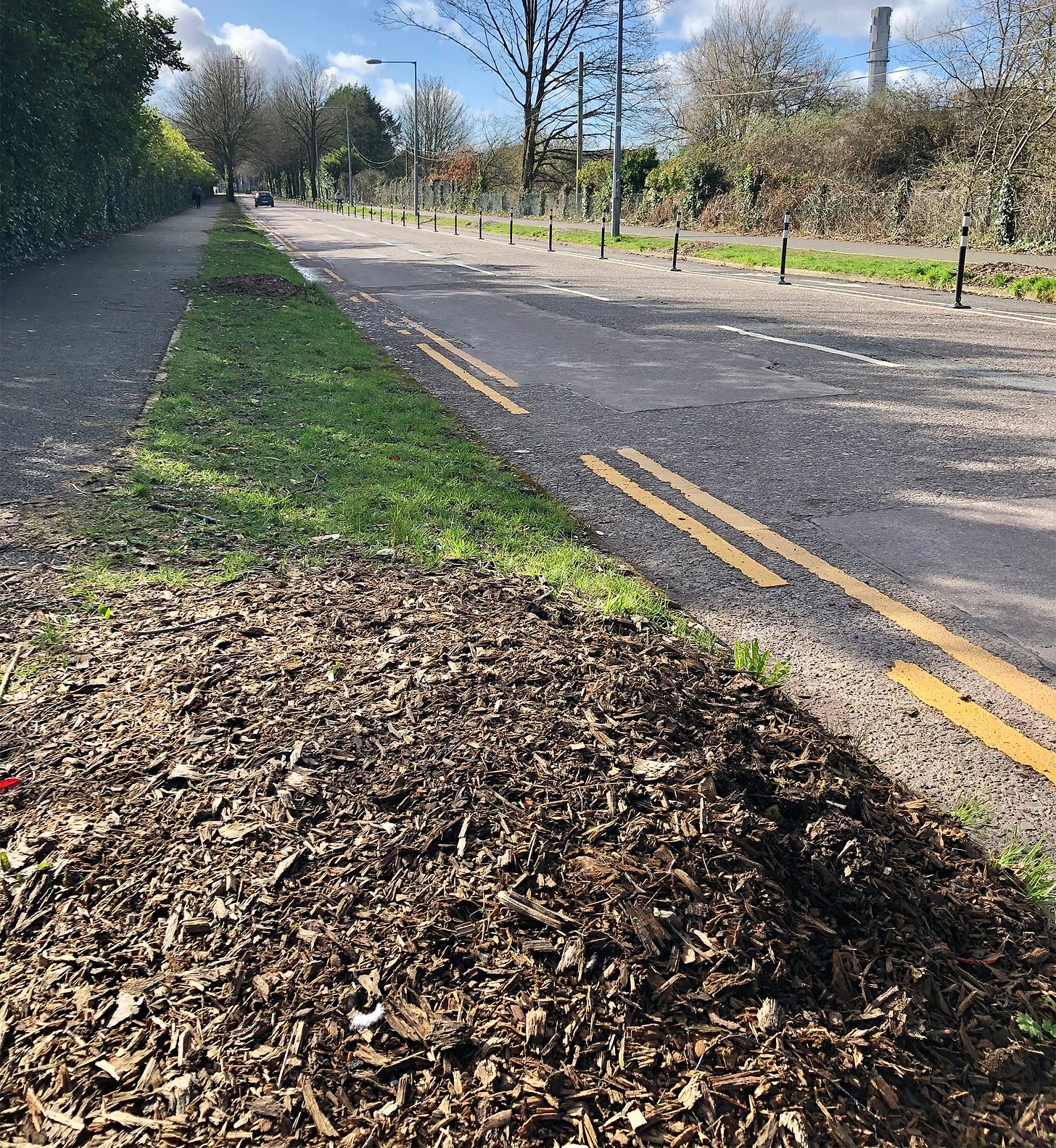
It’s an ominous precedent that, when the avenue of Limes on the adjoining Centre Park Road, planted by the Ford factory decades after the Marina trees themselves, were partially destroyed in storms and partially felled, as reported in the Echo, Parks and Rec were not willing to replace them "until proposals for the Docklands development are determined.”
Dr Eoin Lettice says he’s “nervous” about how the development of the area will tie in with protecting the current tree population. “I’m strongly advocating that not only are the current trees along the Marina maintained, but that they are added to,” he says.
“With this development, as with every development, it’s vital that we consider the impacts on trees and on biodiversity overall.”
Biophilia
Gaia foundation founder Stephen Harrod Buhner writes of the necessity of cultivating biophilia – a love of life itself, for the proliferation of lifeforms on earth – in humans from an early age.
The past year has been riddled with tropes about nature healing, about lockdowns allowing us to reconnect with nature, with a renewed appreciation of bird life, pollinators, country walks, tending to gardens and, for city-dwellers, of the precious oases of nature contained within the confines of their reduced lives.
Yet conversely, the past year has marched us firmly to a crossroads in our understanding of where humans stand in the natural order of things.
The astonishment with which we’ve faced the evidence that humans are not yet exempt from the vast, unknown forces that regulate the life-cycles of all organisms. A concerted push towards simulated and mediated substitutions for reality: so-called “online learning” for our children. Zoom quizzes to show our families we care. Social media to fill the lonely void left by human interaction. Transhumanist ideologies, the dangerously idiotic idea of the hackable human as espoused by inexplicably powerful iconoclasts such as Elon Musk.
At this crossroads, facing into an unknown and potentially dystopian future, I find myself turning instinctively back towards our origins, to the dappled canopies of the generous and graceful giants that gave life to our ancestors and which will continue to sustain us.
If we let them.

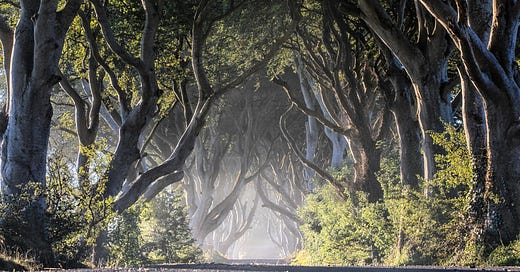



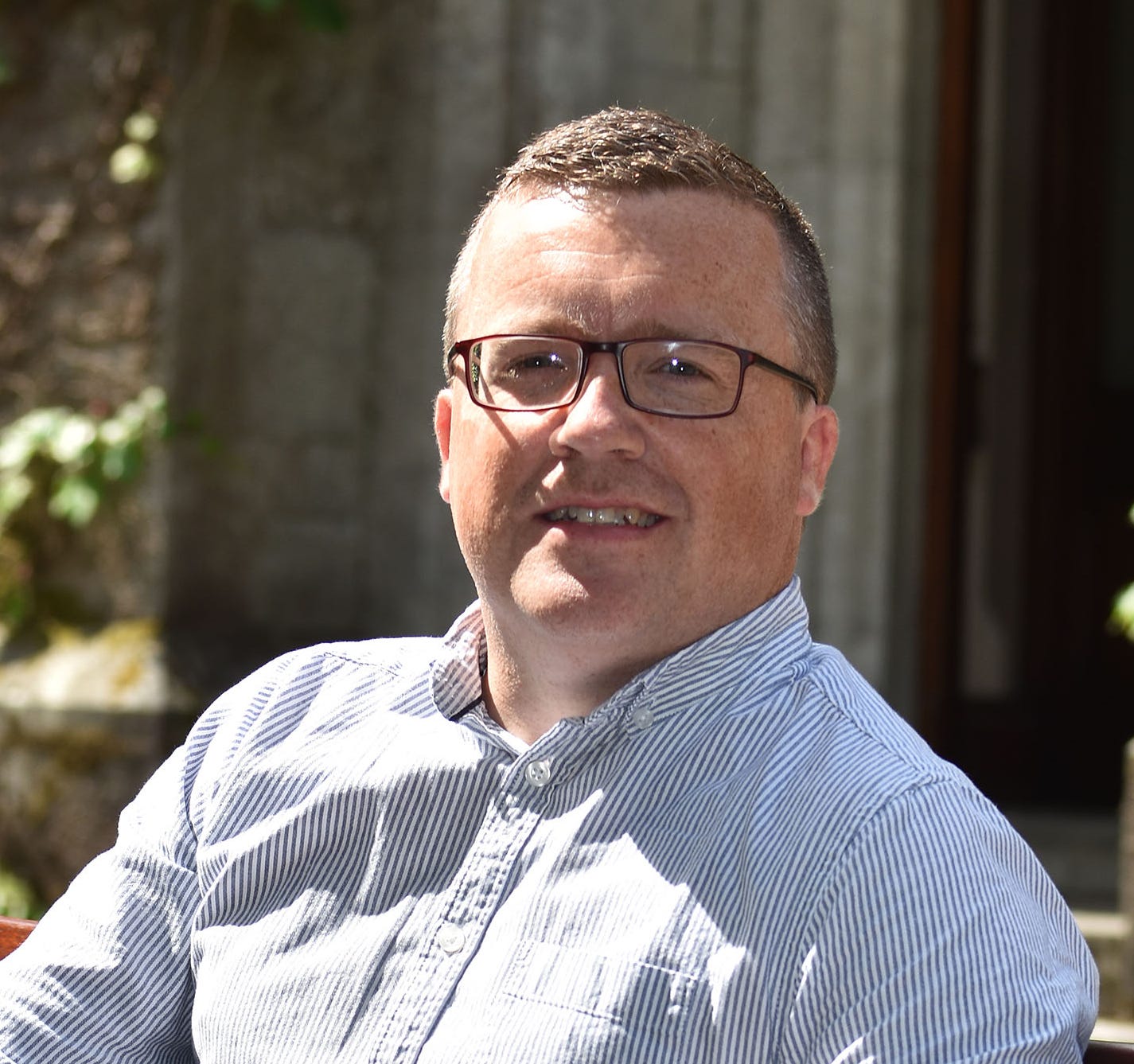
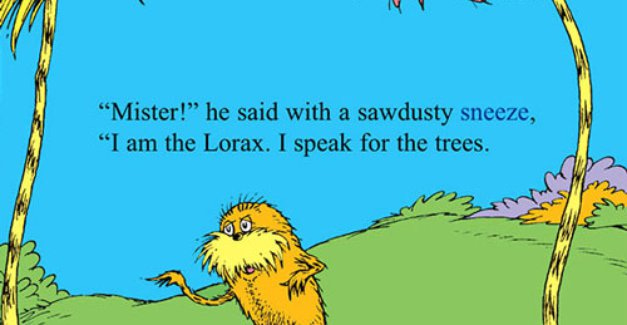
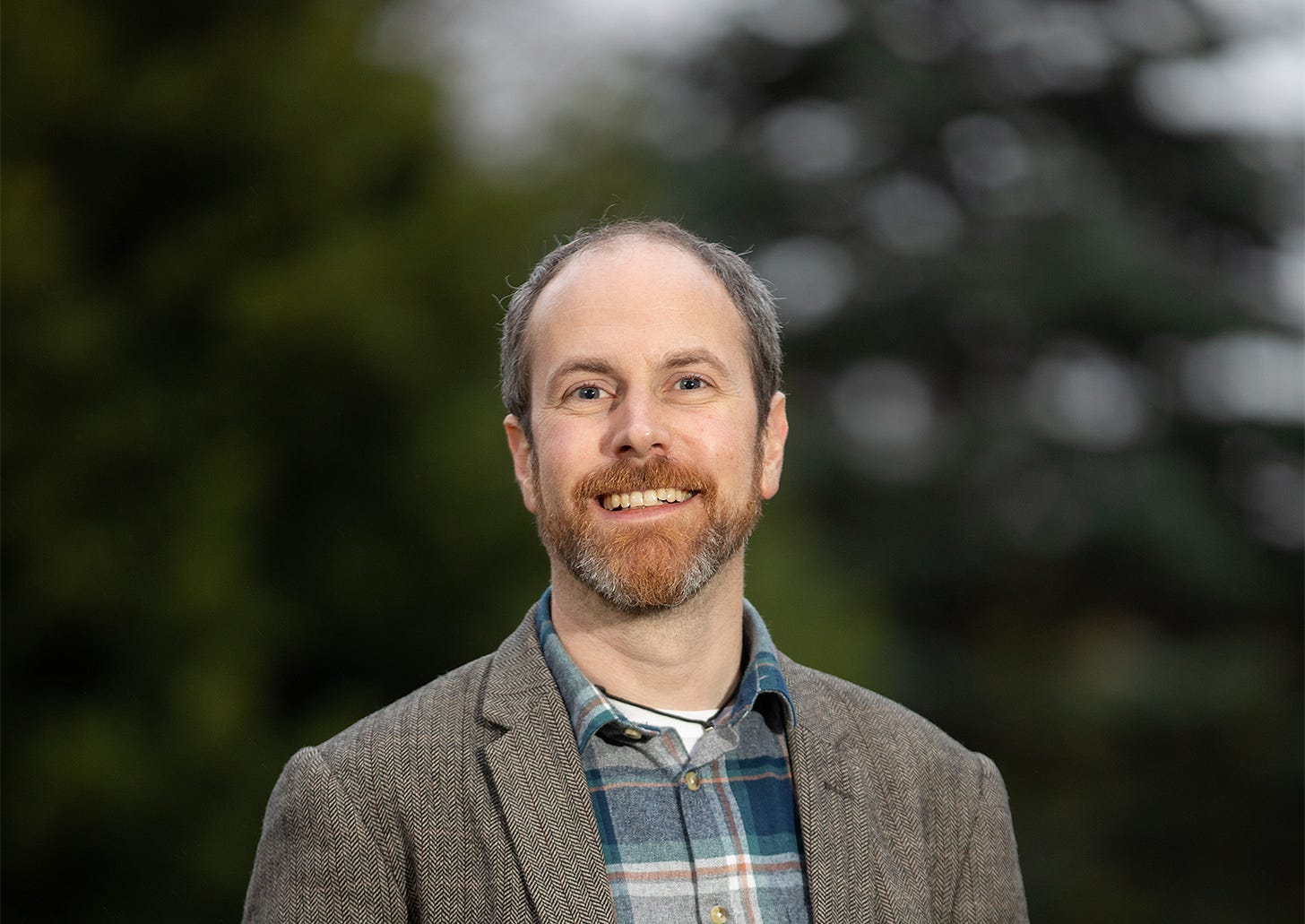

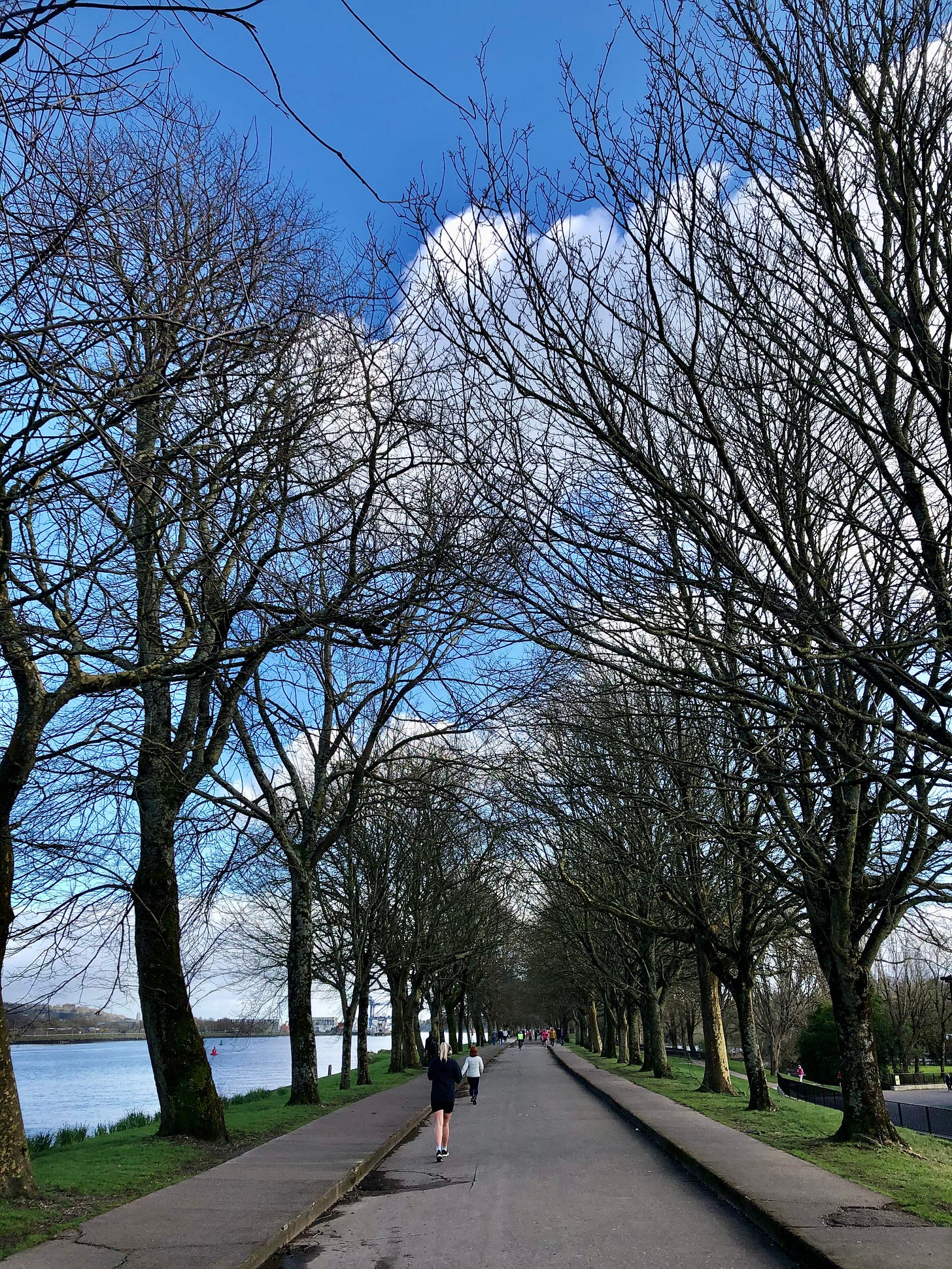

Brilliant article! So thorough!
This article voices everything I have been worrying about concerning the destruction of trees in Cork recently. Really good. But it seems nothing can be done? Concrete over everything is the Council’s MO... very depressing